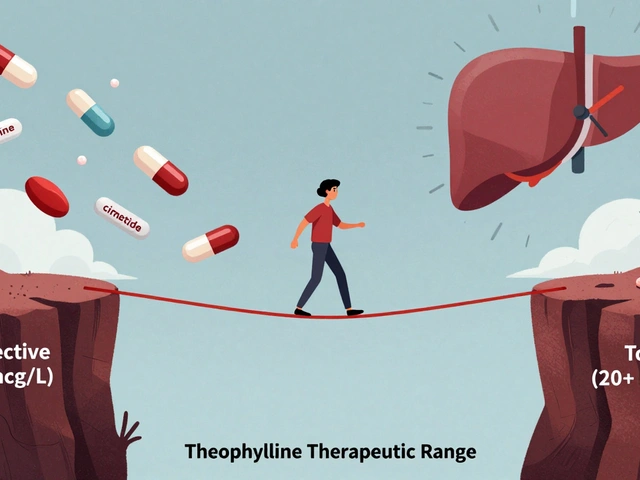Blood Pressure Meds: What Works, What Doesn’t, and How to Choose
When your doctor says you need blood pressure meds, medications designed to lower high blood pressure and reduce risk of heart attack or stroke. Also known as antihypertensives, these drugs don’t just take the edge off—they protect your heart, kidneys, and brain over the long term. Not all of them work the same way, and not all are right for everyone. Some lower pressure by relaxing blood vessels, others help your body flush out extra fluid, and a few block hormones that tighten arteries. The right one for you depends on your age, other health issues, side effects you can tolerate, and even what you’re already taking.
There’s a big difference between ARBs, a class of blood pressure drugs that block a hormone called angiotensin II to widen arteries like Atacand (candesartan), and ACE inhibitors, which stop the body from making that same hormone in the first place. ARBs often cause less coughing than ACE inhibitors, which is why many people switch when they can’t tolerate the side effect. Then there are diuretics—cheap, old-school pills that make you pee out extra salt and water. They’re still first-line for many, especially older adults. Beta-blockers? They’re not gone, but they’re not always the best pick anymore unless you’ve had a heart attack or have a fast heartbeat. Calcium channel blockers? Great for people with chest pain or certain types of high blood pressure tied to stiff arteries.
What you won’t find in most doctor’s offices is a one-size-fits-all solution. That’s why so many people end up on two or even three meds at once. And that’s okay—if it’s the right combo. But mixing meds can get tricky. Some blood pressure drugs interact with diabetes pills, antidepressants, or even over-the-counter painkillers. A pill that lowers your pressure might make your potassium too high, or cause dizziness when you stand up. That’s why knowing what you’re taking, why you’re taking it, and what to watch for matters more than the brand name.
Below you’ll find real comparisons between the most common blood pressure meds, how they stack up against each other, and what patients actually experience. No marketing fluff. Just facts on how Atacand compares to other ARBs, why some people switch from lisinopril to losartan, and which drugs are safest when you’re also managing kidney disease or diabetes. You’ll see what works for one person might not work for another—and why.
Compare Combipres (Chlorthalidone and Clonidine Hydrochloride) with Alternatives
Compare Combipres (chlorthalidone and clonidine) with safer, more effective alternatives like lisinopril/HCTZ, amlodipine/olmesartan, and losartan/HCTZ. Learn when to switch and what works best for your health.






